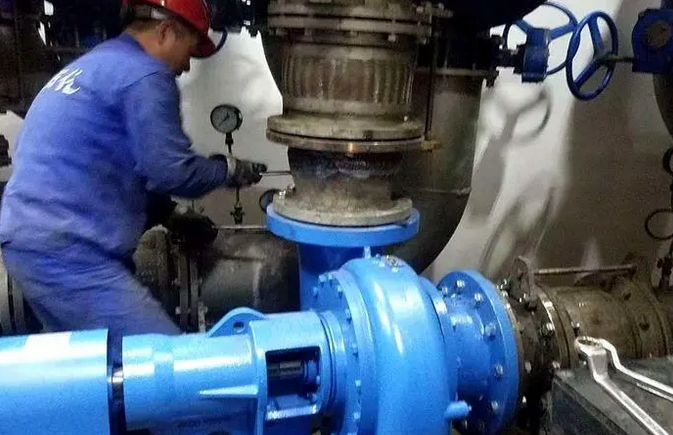Maintenance and care of corrosion-resistant pumps
The maintenance and care of corrosion-resistant pumps is an important measure to ensure their long-term stable operation and extend their service life. The following are some key maintenance and care steps:
1. Daily inspection
Operation status monitoring: Check the operation sound of the corrosion-resistant pump every day to see if it is normal, whether there is vibration, abnormal noise, etc. If any abnormality is found, it should be stopped in time for inspection and treatment. (
Oil level check: For corrosion-resistant pumps with suspension oil chambers or bearing boxes, the oil level should be checked every day to ensure that it is at the oil mark or within the specified range. If the oil level is insufficient, it should be replenished in time.
Seal check: Check whether the joints of the pump and pipeline are loose or leaking to ensure good sealing. Especially at the pump shaft seal, if there is leakage, it should be handled in time.
2. Regular maintenance
Replace lubricating oil: According to the pump's instruction manual or maintenance manual, regularly replace the lubricating oil in the suspension oil chamber. Under normal circumstances, the lubricating oil needs to be replaced after 100 hours of operation within the first month of operation of a new pump; it should be replaced every 500 hours of operation thereafter. Ensure that the lubricating oil is clean and free of impurities to lubricate the bearings and reduce wear.
Cleaning and inspection: Clean the pump body, impeller and flow channel regularly to ensure that there is no debris in the pump. At the same time, check whether the pump parts are worn or damaged, and if so, replace them in time.

Bearing temperature monitoring: During the operation of the pump, the bearing temperature should be checked frequently to ensure that it does not exceed the specified maximum temperature (generally 8 0°C or not more than 35°C of ambient temperature). Excessive temperature may be a sign of bearing damage or poor lubrication, which should be handled in time.
3. Other precautions
Avoid empty operation: It is strictly forbidden to operate the corrosion-resistant pump in an evacuated state, because this will cause the pump to vibrate violently, affect its life, and may damage the pump body.
Prevent foreign matter from entering: Ensure that metal objects, etc. are strictly prohibited from entering the pump to avoid damaging the flow components of the water pump and blocking the impeller flow channel, so that the pump cannot work normally.
Correctly start and stop the pump: Before starting the pump, check whether each valve is in the correct position. After starting, gradually open the outlet valve to avoid sudden loading. When the pump is out of use, the outlet valve should be closed first, and then the motor should be stopped to reduce the pressure on the pump body.
Seasonal maintenance: In the cold winter season, after the pump is out of use, the drain plug at the bottom of the pump body should be unscrewed to drain the water to prevent freezing and cracking.
Long-term out-of-use treatment: If the pump is out of use for a long time, the pump should be completely disassembled, the water should be wiped off, the rotating parts and joints should be greased and installed, and properly stored.




